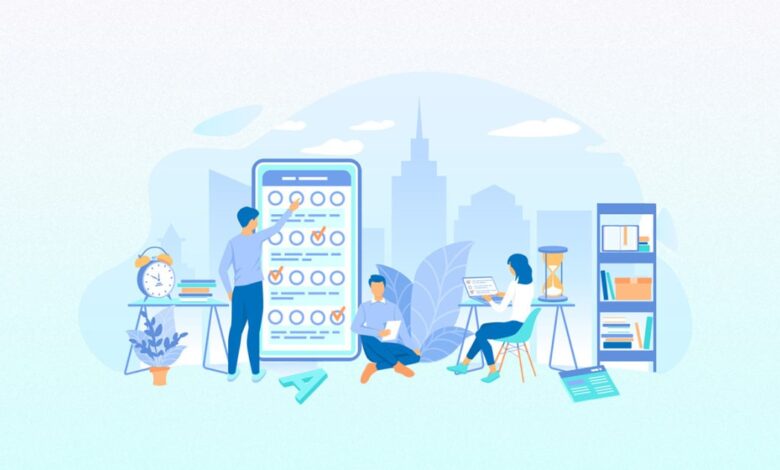Ramp Up Your Cybersecurity With PCMag’s Online Safety Checklist

When my dad built me my first computer in the late ’90s and encouraged me to explore online, he didn’t post a list of cybersecurity best practice guidelines to follow on my wall. Instead, he gave me several free hours of AOL access via a shiny CD and a noisy modem and told me to have fun. The internet has changed since then, and staying safe online now requires families to adopt a different, more vigilant routine to reduce the risk of falling victim to phishing or another type of scam.
How to Check Your Privacy Settings on Your Phone
The first line of cybersecurity defense for many families starts with securing the mobile devices used by each member of the household. PCMag has written about maintaining your privacy by stopping apps from collecting sensitive personal data, and we also offer tips for locking down a phone quickly in emergencies. Check out the videos below to learn how to customize your phone’s privacy settings.
How to Lock Down Privacy on Android
How to Lock Down Privacy on iOS
Check Off Your Security Tasks
In addition to checking your phone’s privacy settings, you should also perform an occasional security sweep to help you stay safe on your desktop, laptop, or other mobile devices. I asked my PCMag colleagues to tell me about their periodic “online hygiene”-related tasks that don’t take much time, but bring them peace of mind.
Jill Duffy, deputy managing editor of the software team, noted that she dumps the cache on her desktop and mobile browsers every couple of months. She also tries to turn off tracking permissions whenever possible but said that it’s tough to stay ahead of the software, noting, “Sometimes apps run updates and add new tracking, so you have to browse settings from time to time to keep up.”
Lead software analyst Michael Muchmore said that he keeps on top of operating software updates on his devices. Lead security analyst Neil J. Rubenking told me he gets monthly credit score updates via Credit Karma and Experian.
All of those tasks require little effort but can pay off in big ways when it comes to keeping your online accounts secure. I added my coworkers’ tasks to a safety checklist for your home or small business. I sourced other ideas from Google’s Workspace Learning Center and a different security checklist from Purdue University’s Information Technology division.
Recommended by Our Editors
PCMag’s checklist lets you assess your security risks and resolve any issues quickly. It also has a series of tasks related to changing some long-held habits that may be jeopardizing your online privacy.
Cybersecurity Requires Vigilance
Bookmark this page so you can review this list once a month. It’ll help you develop positive online safety habits. You may not need to perform every action each time, but it can be helpful to remember other security tasks you might need to do in the future.
One more thing: If you don’t already have antivirus protection or a password manager, we’ve reviewed just about all of the major ones, so check out the links for our Editors’ Choice winners.
Like What You’re Reading?
Sign up for SecurityWatch newsletter for our top privacy and security stories delivered right to your inbox.
This newsletter may contain advertising, deals, or affiliate links. Subscribing to a newsletter indicates your consent to our Terms of Use and Privacy Policy. You may unsubscribe from the newsletters at any time.



